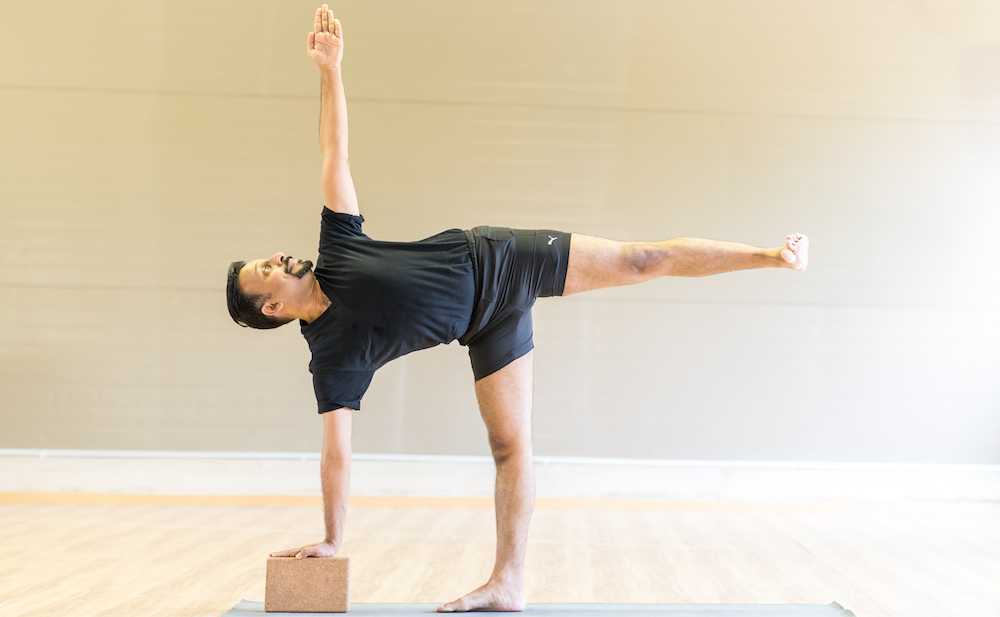As how a child strives to stand up taking little steps engaging the lower portions of its body and grounding its little baby feet into exploring this world of enjoyments, the yogi takes his first step in exploring the journey within by grounding his feet to mother earth. The feet and the legs are very important in stabilizing and mobilizing the entire body and mind. The feet are closely connected to many parts of the body. There are many Marma (acupressure point) that is in the base of the feet that bring overall health to the body. The legs also stabilize the hip, trunk and the spine which is connected to the head. The legs are very important in developing good posture. Standing yoga asanas removes the dullness in the legs. When the dullness is removed from the legs the practitioner is able to distribute the weight of the body evenly on both legs developing a sense of balance and stability. This will accustom them to various other movements thereafter in the practice of asanas.
In other words the liberation of the upper part of the body is partially dependent of the lower part of the body. The body functions by collection information from the ground. Like how the plants receive nourishment from the earth the body also does so when we become aware of the gravitational force. This will enable the body to expand not only vertically but also horizontally.
Essential Awareness Before Approaching Standing Yoga Asanas
- Waking up the natural hip patterns and its relationship with the femur and legs .
- Waking up the hip joint, knees join and ankle joint before loading them.
- Consider supine, prone and kneeling movements before standing
- Think of the standing asanas in supine and prone plan of movements.
- Get students to feel the connection of the heals and arches with the floor in a passive and active way.
- Define the position of the joints in the pose
- Identify the prime mover muscles that act on the joint to create the pose, contract these muscles to align and stabilize the skeleton.
- Get students to feel the agonist and antagonist relationship
- Knees directly above the ankle in bent leg poses
- Quads engaged when it is taking load
- Find out the breaths relationship with the standings poses
- Find out various functional ways of using the wall, blocks and belts to bring stability and mobility to the hips and legs in standing asanas.
- When the students develop strong and stable legs, the result is a better lift in the chest. The lift of the chest must come from the legs upwards. Otherwise, students will just keep pushing their lower back forward to lift the chest which is wrong and they will develop bad posture and lower back issues.
- Anatomically the lower back is connected to the legs, hips and the buttocks by many muscles. Many lower back issues originate from bad posture. When the legs are stiff it generally results to many back conditions.
- Consider bilateral asanas in between unilateral asanas.
- Consider seated, supine or inversions as recovery patterns.
- Recovery asanas should bring back rest and recovery to the legs and hips.
- Breathing into various parts of the legs can aid in a deeper watchful relaxation
Connect with us

